After reading many reviews including from Bob Lefsetz and Brad Feld, I had to add Elon Musk: Tesla, SpaceX, and the Quest for a Fantastic Future by Ashlee Vance to my reading list. I can recommend this book to anyone who likes biographies about interesting and unique people, especially entrepreneurs and technologists. (Also available on public libraries linked up with Overdrive e-Books.)
Musk has grand vision, relentless drive, and a confrontational style. As a result, he is usually either loved or hated. As someone with an engineering background, it is impossible not to be impressed that he is a critical force behind promising companies in solar power (SolarCity), electric cars (Tesla), and space travel (SpaceX). Here is a brief selection of quotes from the book that I wanted to share.
Consider the difficulty of his pursuits:
For most of their histories, SolarCity, Tesla, and SpaceX have been the clear underdogs in their respective markets and gone to war against deep-pocketed, entrenched competitors. The solar, automotive, and aerospace industries remain larded down by regulation and bureaucracy, which favors incumbents.
He’s not making Snapchat or Tinder. He wants a legacy:
“I really like computer games, but then if I made really great computer games, how much effect would that have on the world,” he said. “It wouldn’t have a big effect.
On Tesla Motors:
Had anyone from Detroit stopped by Tesla Motors at this point, they would have ended up in hysterics. The sum total of the company’s automotive expertise was that a couple of the guys at Tesla really liked cars and another one had created a series of science fair projects based on technology that the automotive industry considered ridiculous. What’s more, the founding team had no intention of turning to Detroit for advice on how to build a car company. No, Tesla would do what every other Silicon Valley start-up had done before it, which was hire a bunch of young, hungry engineers and figure things out as they went along.
The guys like Straubel who had been at Tesla since the beginning are quick to remind people that the chance to build an awesome electric car had been there all along. “It’s not really like there was a rush to this idea, and we got there first,” Straubel said. “It is frequently forgotten in hindsight that people thought this was the shittiest business opportunity on the planet. The venture capitalists were all running for the hills.” What separated Tesla from the competition was the willingness to charge after its vision without compromise, a complete commitment to execute to Musk’s standards.
On SpaceX:
The more he thought about space, the more important its exploration seemed to him. He felt as if the public had lost some of its ambition and hope for the future. The average person might see space exploration as a waste of time and effort and rib him for talking about the subject, but Musk thought about interplanetary travel in a very earnest way. He wanted to inspire the masses and reinvigorate their passion for science, conquest, and the promise of technology.
Who knows if any or all of his companies will ultimately be successful. I still appreciate that he is a force of hope and optimism, not some doom-and-gloomer telling everyone to get ready to live in caves and learn how to shoot each other.
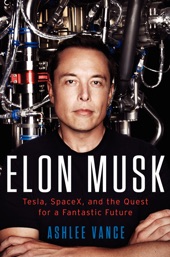
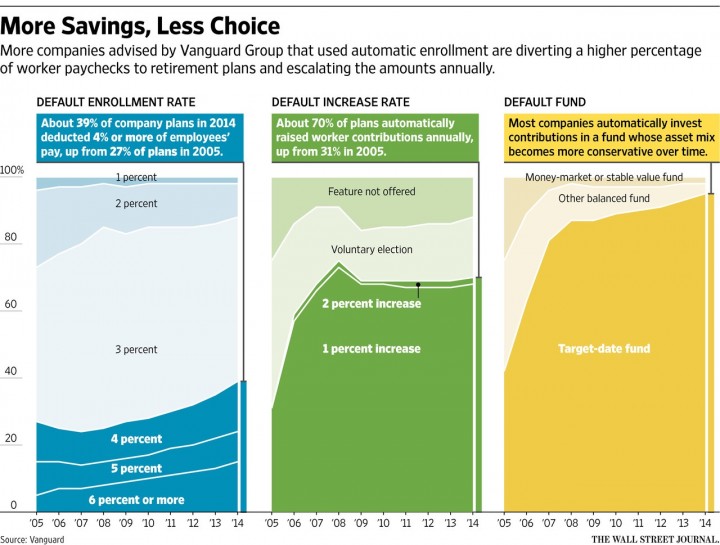
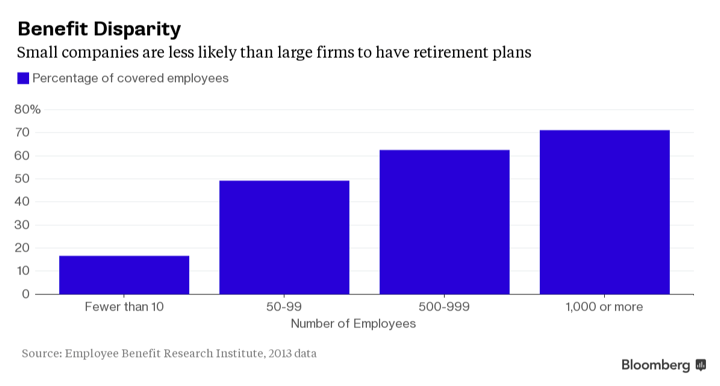
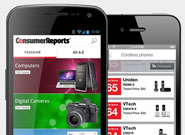
 Author and investment advisor William Bernstein wrote a thoughtful
Author and investment advisor William Bernstein wrote a thoughtful 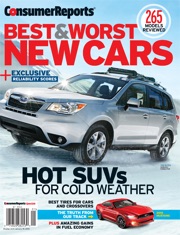 Consumer Reports recently released the results from their 2015 Annual Auto Reliability Survey of over 740,000 vehicles owned by its subscribers. Below are the complete rankings from Consumer Reports, including the change from last year. Taken from this
Consumer Reports recently released the results from their 2015 Annual Auto Reliability Survey of over 740,000 vehicles owned by its subscribers. Below are the complete rankings from Consumer Reports, including the change from last year. Taken from this 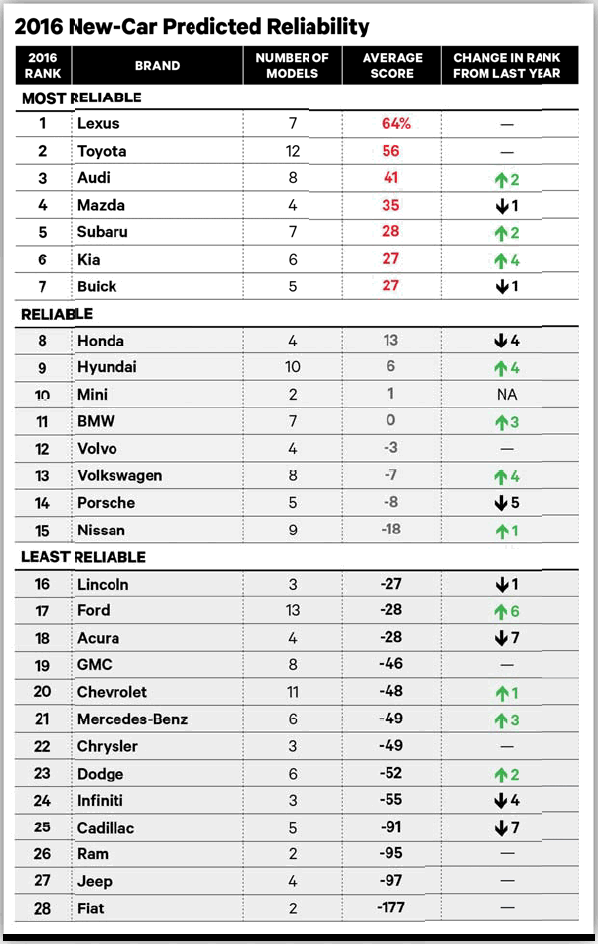
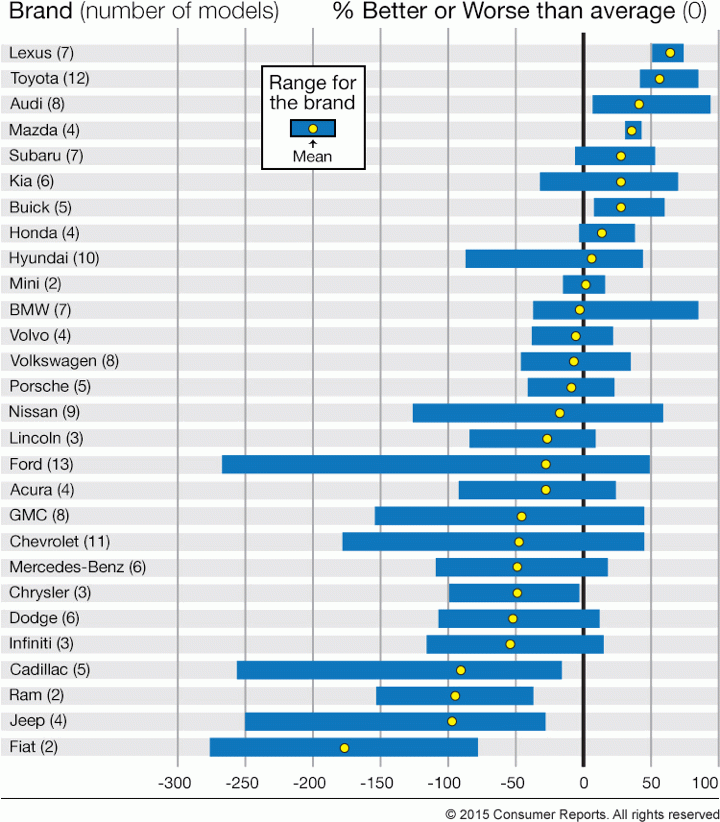
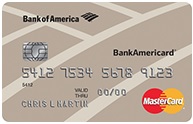 Bank of America is the issuer behind many different credit cards, but only a few of them carry the “BankAmericard” co-branding. I have written up reviews of the
Bank of America is the issuer behind many different credit cards, but only a few of them carry the “BankAmericard” co-branding. I have written up reviews of the 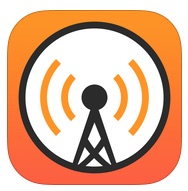 If you like to listen to podcasts, or are thinking of starting, the full version of the
If you like to listen to podcasts, or are thinking of starting, the full version of the 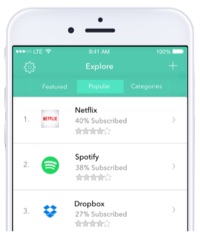
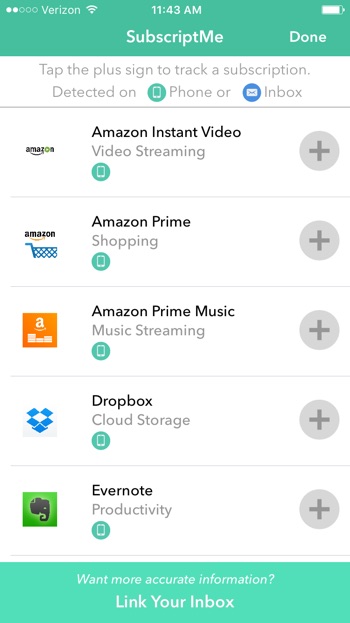

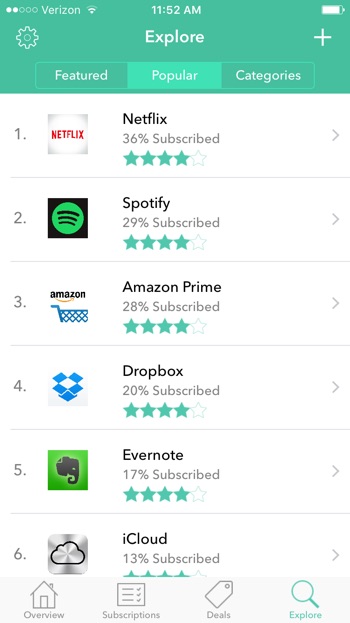
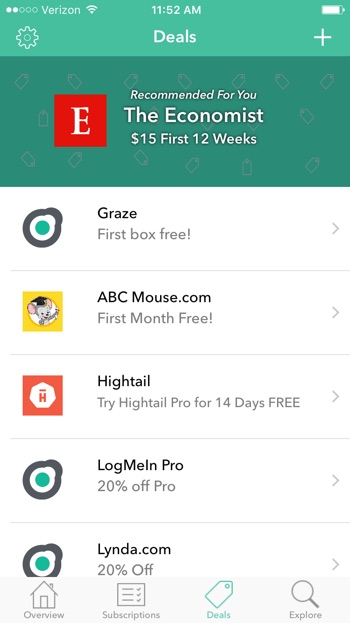
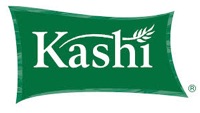 Here’s another class action settlement involving a popular food which may affect you.
Here’s another class action settlement involving a popular food which may affect you.  Ting.com has a limited-time promotion offering AT&T customers a free cup of coffee (in the form of a free $5 Starbuck gift card) if they check their phone compatibility with Ting. You’ll need your AT&T phone’s IMEI and your phone number. Limit of one $5 coffee gift card per email address and per active AT&T device checked. Says you should enter by 10/22 but it could end earlier.
Ting.com has a limited-time promotion offering AT&T customers a free cup of coffee (in the form of a free $5 Starbuck gift card) if they check their phone compatibility with Ting. You’ll need your AT&T phone’s IMEI and your phone number. Limit of one $5 coffee gift card per email address and per active AT&T device checked. Says you should enter by 10/22 but it could end earlier.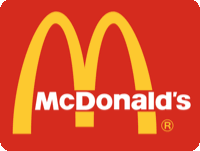 Despite their negative media attention, the McDonald’s franchise that I drive past every day is packed all the time. I rarely eat there (especially since my
Despite their negative media attention, the McDonald’s franchise that I drive past every day is packed all the time. I rarely eat there (especially since my 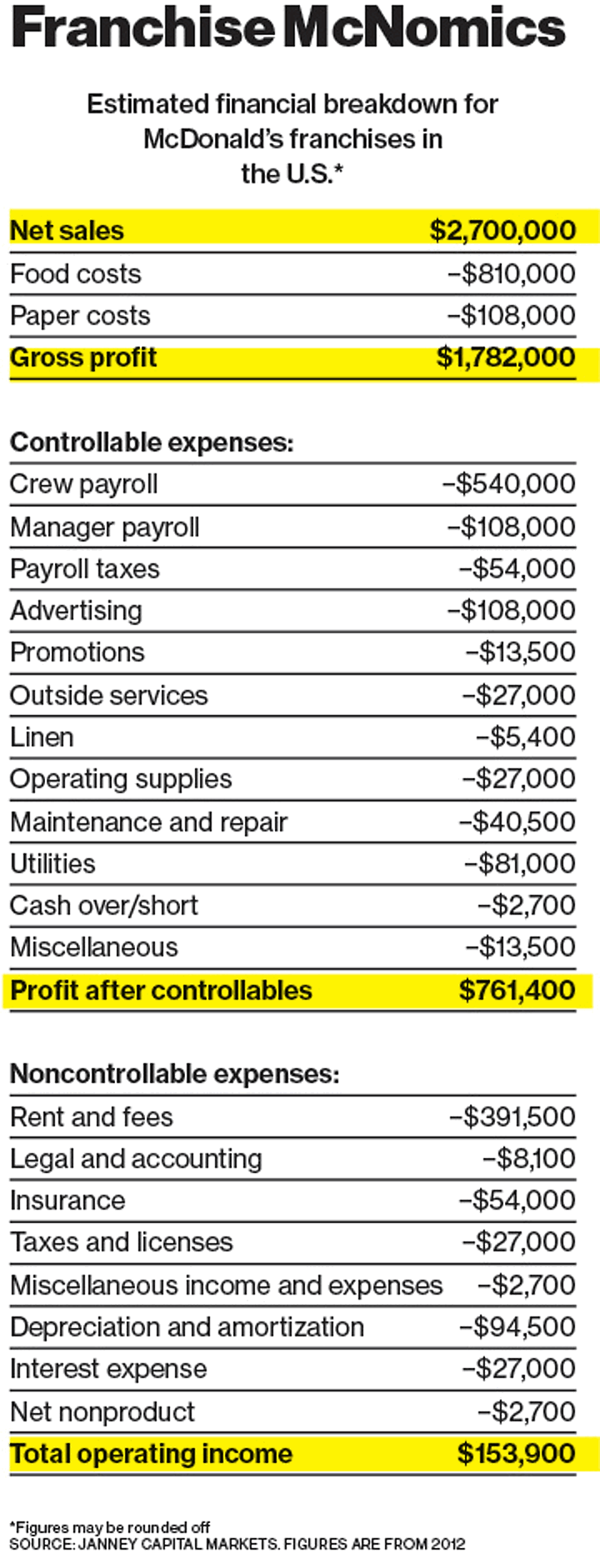
 The Best Credit Card Bonus Offers – May 2024
The Best Credit Card Bonus Offers – May 2024 Big List of Free Stocks from Brokerage Apps
Big List of Free Stocks from Brokerage Apps Best Interest Rates on Cash - May 2024
Best Interest Rates on Cash - May 2024 Free Credit Scores x 3 + Free Credit Monitoring
Free Credit Scores x 3 + Free Credit Monitoring Best No Fee 0% APR Balance Transfer Offers
Best No Fee 0% APR Balance Transfer Offers Little-Known Cellular Data Plans That Can Save Big Money
Little-Known Cellular Data Plans That Can Save Big Money How To Haggle Your Cable or Direct TV Bill
How To Haggle Your Cable or Direct TV Bill Big List of Free Consumer Data Reports (Credit, Rent, Work)
Big List of Free Consumer Data Reports (Credit, Rent, Work)